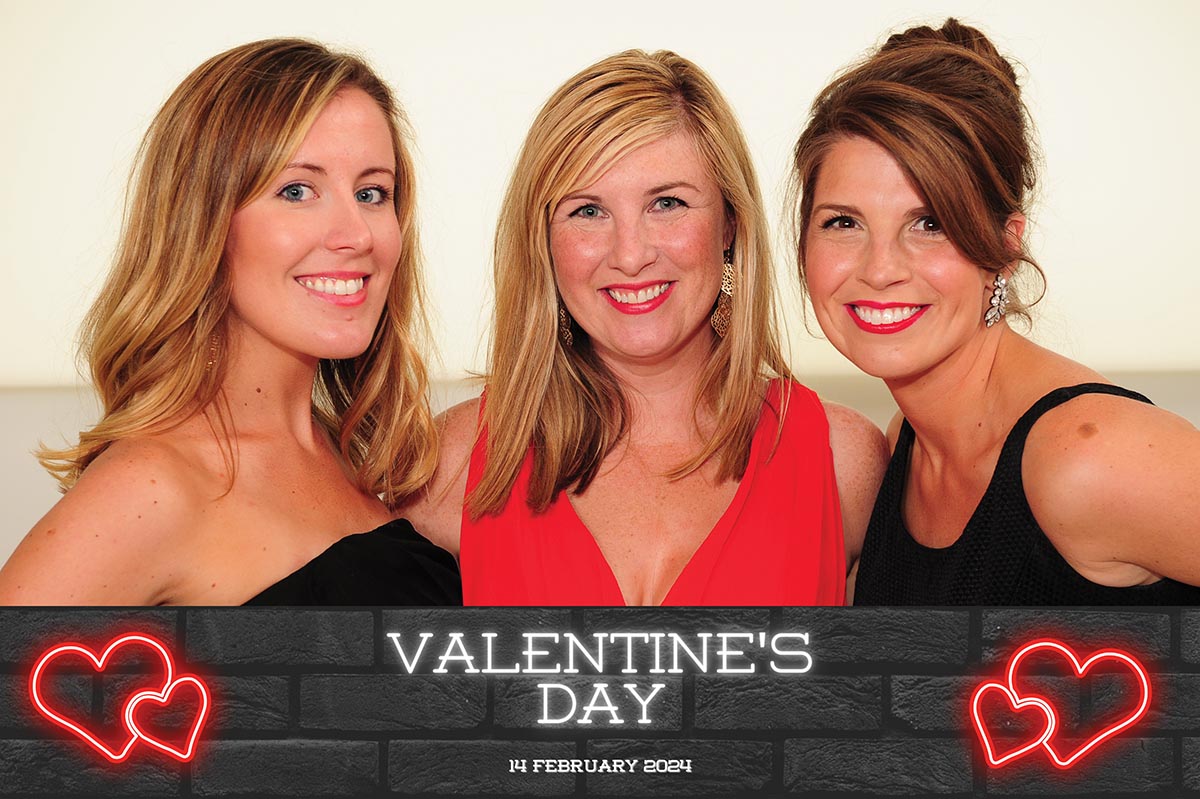
Social event photography presents a potentially profitable market for photographers of all stripes, including those who’ve never photographed events before. Different from typical event photography, social event photography focuses solely on the attendees of an event. You’re not photographing the decor or the keynote speaker or the celebrity guest of honor; you’re photographing the guests and generating income from creating fun images of people having a good time.
Steve Foisy started photographing social events in 1981 as a student at the University of Georgia. Since those early days clicking the shutter at fraternity and sorority parties, he’s homed in on a proven formula for making money photographing events, which photographers can do as a profitable sideline, dive into full time, or even contract out to associate photographers to cover large events. Today, Foisy works as head of photography for Candid Color Systems, TSS Photography, and Party Pics, where he coaches photographers who work at hundreds of events each year. “There are a lot more social events out there than people realize,” he says. “There’s huge potential. This niche is also something you could use to fill the gaps in your schedule.”
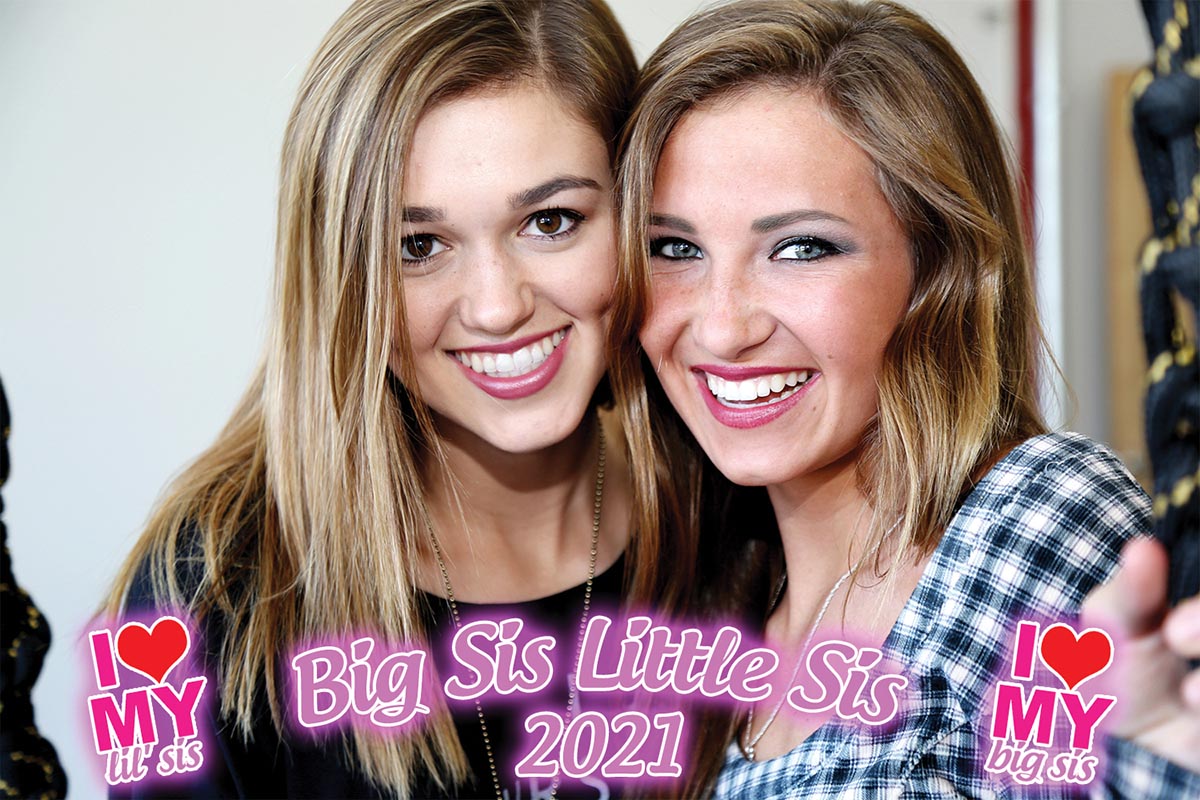
PRIORITIZING PERSONALITY
Success in social event photography hinges on personality. Social event photographers need to be outgoing and adept at approaching people, engaging them efficiently, and guiding them through a series of quick photographs. “Personality is critical,” says Foisy. “We would rather hire the personality and teach them how to shoot good pictures than hire a great technician who can’t work with people.”
Personality is crucial because social event photography is a fast-moving enterprise that requires capturing multiple images per minute and then connecting each subject with galleries of pictures taken of them throughout the event, all while maintaining a positive approach that helps people enjoy themselves.
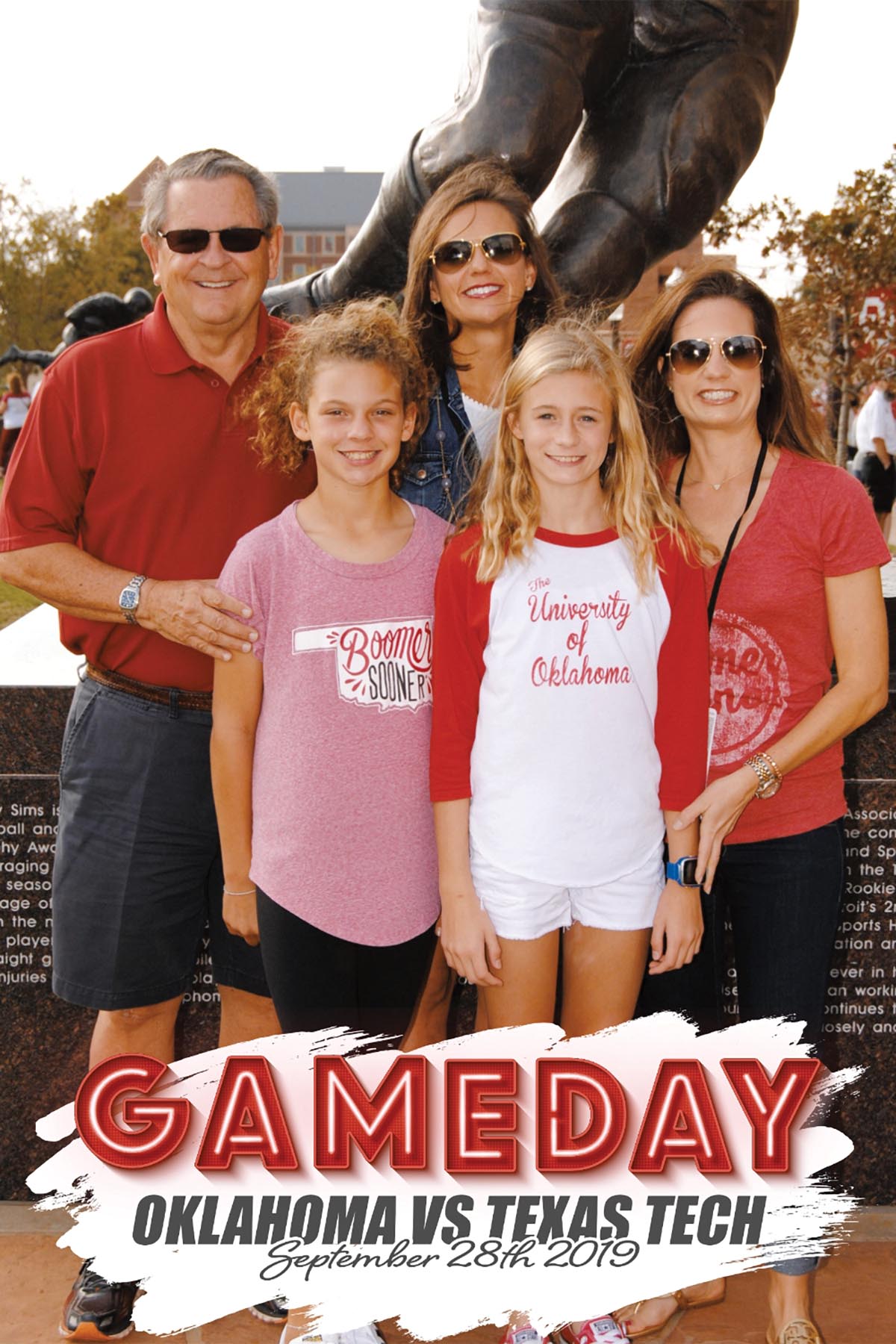
PROFIT FORMULA
The logistics of running social event photography gigs are relatively simple.
Collect data. Foisy suggests setting up a station at the entrance to the event, where attendees can upload their selfie, mobile number, and email to an app used to receive links to their images. If that’s not an option, photographers can enter this information as they photograph, which dramatically slows down the shooting pace in the early stages of the event but allows photographers to pair individuals with their contact info as they work.
Take lots of quality images. Foisy recommends capturing 120 to 150 images per hour, which works out to a little more than two photographs per minute.
Match images to contact data. Using event photography software is invaluable for this step. Foisy uses Now Candid, which employs facial recognition to match images to guest information he acquires at the beginning of the event.
Build personal image galleries. Event photography software also allows you to build galleries quickly for each individual with all the images matched to their contact info.
Send links to galleries. Send the galleries to the provided mobile numbers during the event while guests are excited. Mobile is much quicker than email. If they receive the galleries while still interacting with other guests, there’s a higher likelihood they’ll share the images and encourage others to view their galleries.
Take online orders. Using the software’s order-fulfillment features, process the image orders you receive.
Fulfill orders using a lab partner. Send orders to a lab partner for fulfillment and shipping.
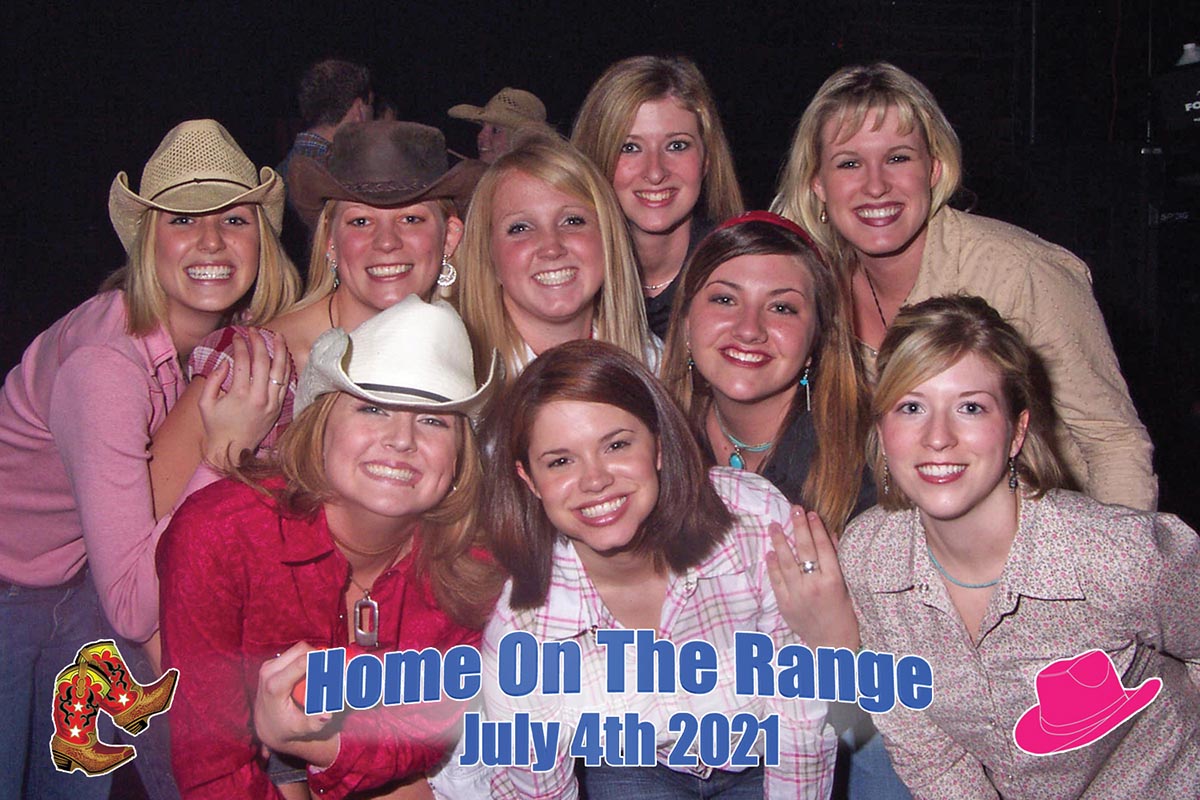
AIMING FOR SUCCESS
Speed and quality are the names of the game. At the same time, social event photographers should endeavor to make the process seamless, allowing attendees to relax, enjoy the event, and subsequently help generate more compelling photographs. A few steps can make the process efficient and repeatable.
Staff up. Make sure you’re adequately staffed. Foisy recommends one photographer for every 100 attendees at an event. If you’re photographing a prom with 500 expected attendees, five social event photographers should cover it.
Encourage, don’t ask. Never ask if you can take a photo. Too many people feign modesty, even if they really want the photo. Instead, politely encourage guests to gather for a photo by saying something like, “Hi there, let’s get together for a quick picture.”
Be action oriented. Approach guests with action-oriented directives, and role play different posing scenarios with them to break the ice and demonstrate how they can present themselves.
Capture in camera. Photographs go into the galleries as captured, with no time for post-capture production, so they need to be well composed, exposed, and posed.
Standardize your captures. Foisy urges establishing standard capture protocols that include settings for different groups. For example, to photograph two people he uses a vertical composition with his lens at 35mm from about five feet away. He frames the subjects from the belt up with about a hand’s width of space above the tallest person’s head. For a group of three, he switches to horizontal from five feet away. With a group of four, he takes a step back and photographs horizontally from seven feet away. Sticking to this formula at every event speeds up the photography and yields more consistent results.
Predefine the settings. There isn’t time to fumble with exposure settings for each image. Try presetting your camera to allow for faster capture when photographing within typical ranges. Foisy typically uses:
- ISO 800-1600
- 5,600K or auto white balance
- Program mode
- TTL on a speedlight
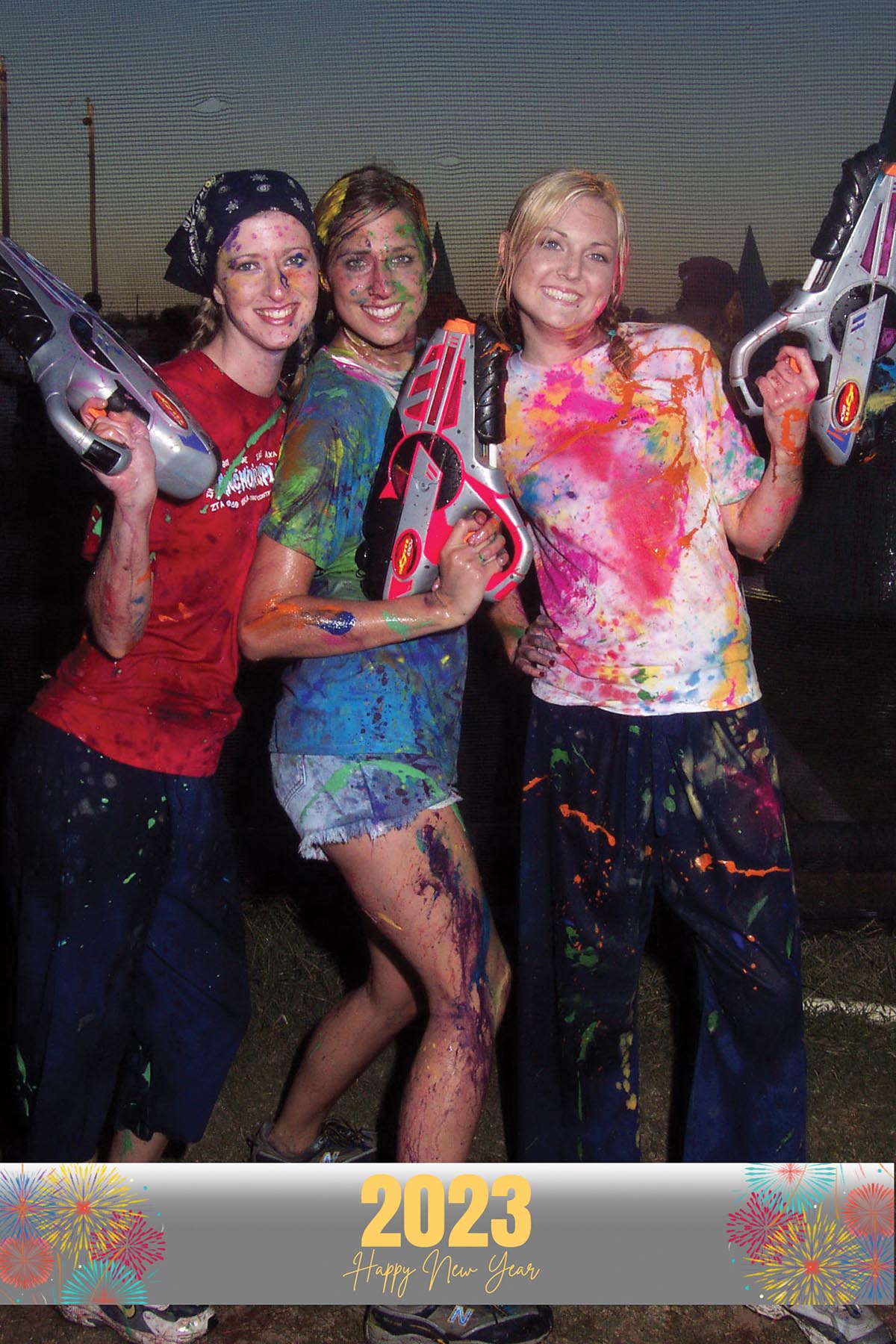
WHAT’S IT WORTH?
Take the 500-person prom example. If each of the five photographers covering the event captures 120 images per hour, and the event lasts three hours, that’s 360 images per photographer or 1,800 total pictures. At an average baseline value of $2 per image (an average minimum across different areas and types of events), that’s a minimum expected sale of $3,600. And that’s just the baseline potential. Foisy cited examples of social event photographers at high-profile events where total sales topped $30,000 for a three-hour event.
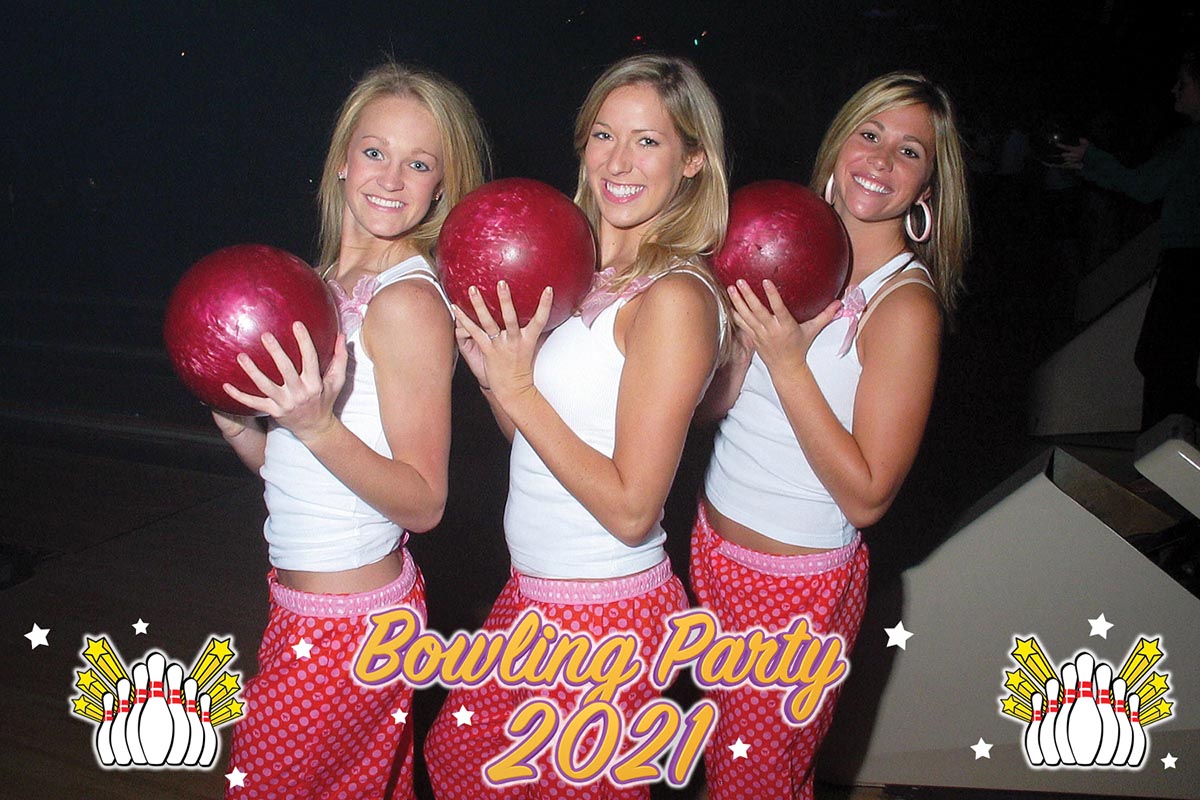
GETTING STARTED
To identify prospective clients, Foisy suggests researching upcoming galas, charity events, festivals, and high school events, and then contacting the organizers. Event venues are a great source of business, as they usually like to populate their recommended vendor lists with trusted local photographers. You can build goodwill by offering to photograph the venue’s decor at the events you photograph and provide those images to the venue for free.
When contacting prospective clients, you don’t need a marketing kit; a business card with a link to an online gallery of sample images works in most cases. Just take the first step and start the process, urges Foisy. “So often, people delay because they want to get everything ready, or they use that as an excuse. Just get started. Find the people you need to talk to, start the conversation, and begin building the relationships.”
Jeff Kent is editor-at-large.
Tags: event photography
